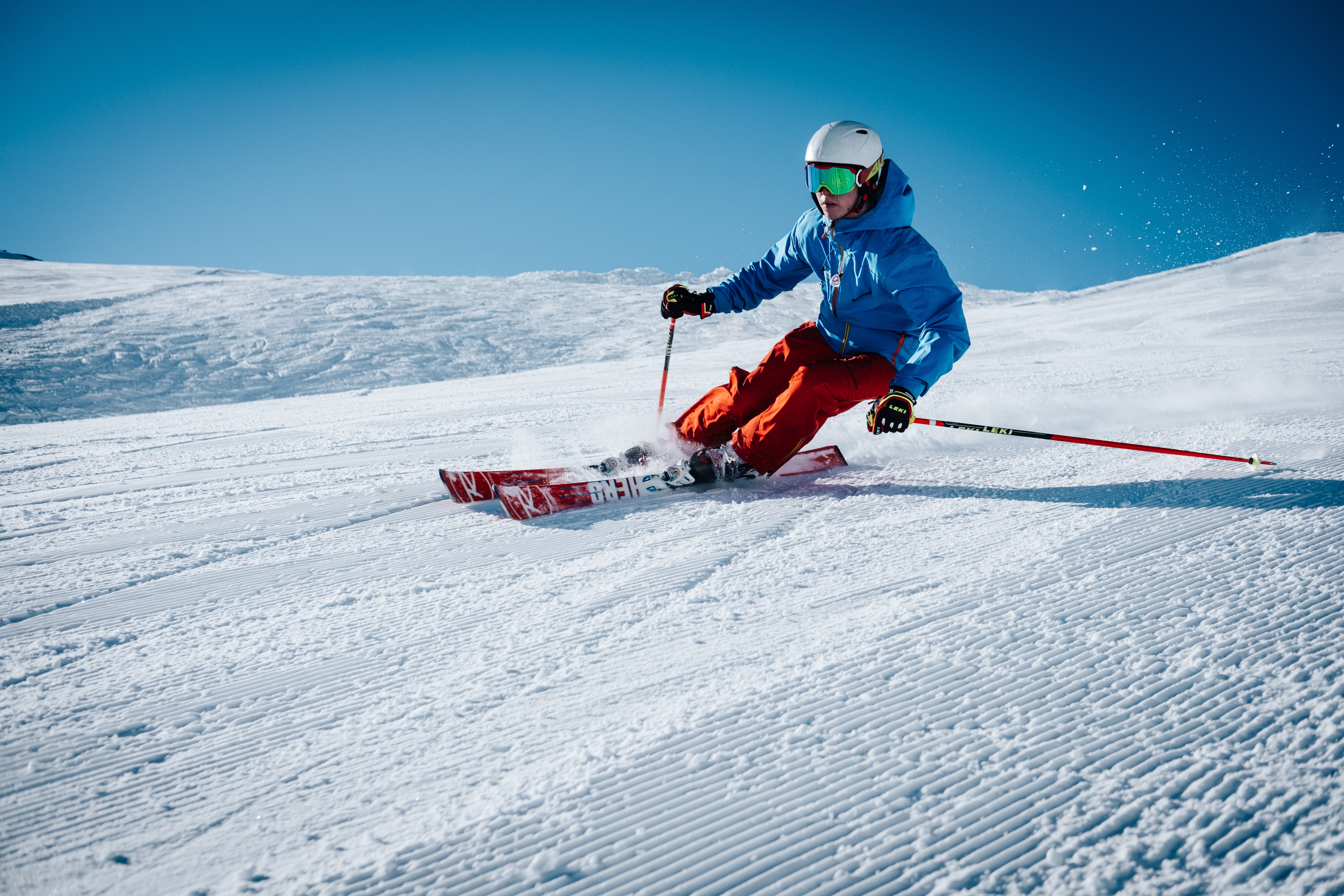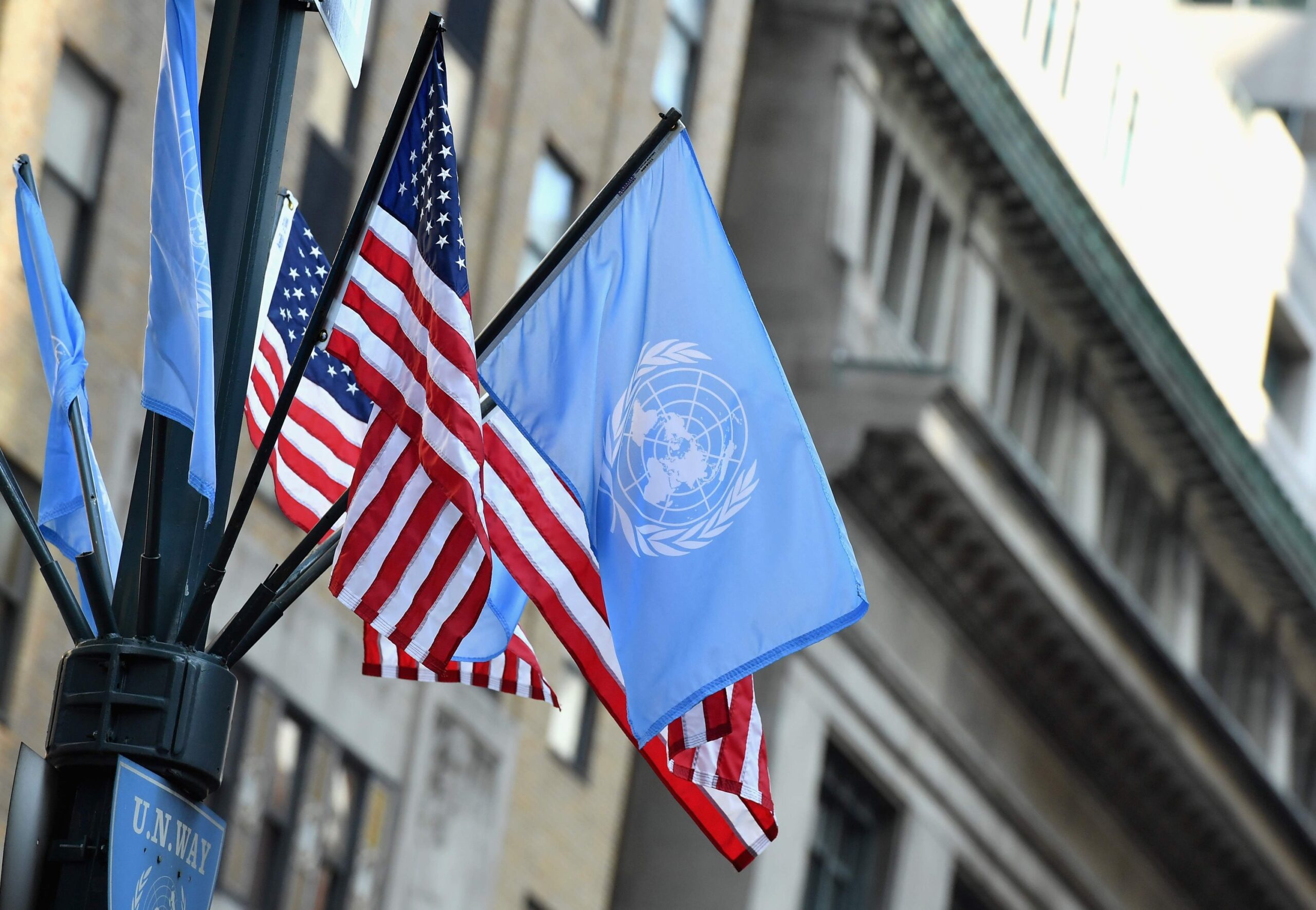Climate Change and its Impact on Sports
What may seem like two very different topics are actually closely related; in this case, climate change and the future of sports. One of the most interesting portions of the UN Youth Climate Summit was a panel session with several decorated athletes, including Olympic snowboarder Chloe Kim and multi-sport Tongan Olympian Pita Taufatofua. This session directly addressed the relationship between climate change and sports, with each of the athletes relating climate change to their particular sport or their homelands. For Kim, the concern is one of global warming and the future of snowboarding. She worries of a future where snow has gone “the way of the dinosaur.” where her kids will see her sport as part of ancient history. She mentioned that she was scared that her kids might ask her what snow is. As global temperatures continue to increase, winters are becoming shorter and snowpack is melting more quickly than ever before. We can see the evidence of this by looking at how the South Korean government had to create artificial snow during the 2018 Winter Olympics. Even the 2014 Sochi Olympic Games had to import snow to keep the Winter Games going.
For Pita Taufatofua, the effects of climate change are much more personal. Taufatofua comes from Tonga, an island nation threatened by severe cyclones and coastal erosion. Pita mentioned that the pacific islands are on the frontlines of climate change’s devastating effects. He said that “it’s [climate change] not tomorrow; it’s now and it’s happening.” The islands are experiencing more severe cyclones due to increased temperatures. This means that while Tonga has contributed very little in terms of carbon emissions, they’re currently experiencing its negative effects before everyone else.
How can this be fixed? According to Taufatofua and Kim, the youth and the sports industry are the solutions. If we put pressure on the athletics industry to act more sustainably, we can allow for large amounts of funding to be redirected toward combating climate change. As young consumers, we need to let companies know that there’s a demand for change. Additionally, both athletes also mentioned the importance of forcing the sports community to become more sustainable by eliminating single-use plastics and embracing environmentally friendly options. Kim mentioned that professional athletes rely on the planet for their careers. She said that if the sports community were to realize that their entire livelihoods are reliant upon a healthy planet, they would be quicker to act. Doing this would allow for Kim’s kids to have a future with snow and Taufatofua’s home to remain habitable for future generations.
Neldon Hamblin is a 20-year-old student from rural northern Utah studying environmental science and anthropology, focusing on climate change. He has been involved in several environmental initiatives and has always been passionate about the environment and protecting it for future generations. His main environmental interests include land conservation, climate change mitigation, pollution reduction, public advocacy and environmental policy. You can find him online on Twitter at @NeldonJacob and can follow his environmental education blog at www.thegreenager.com.




